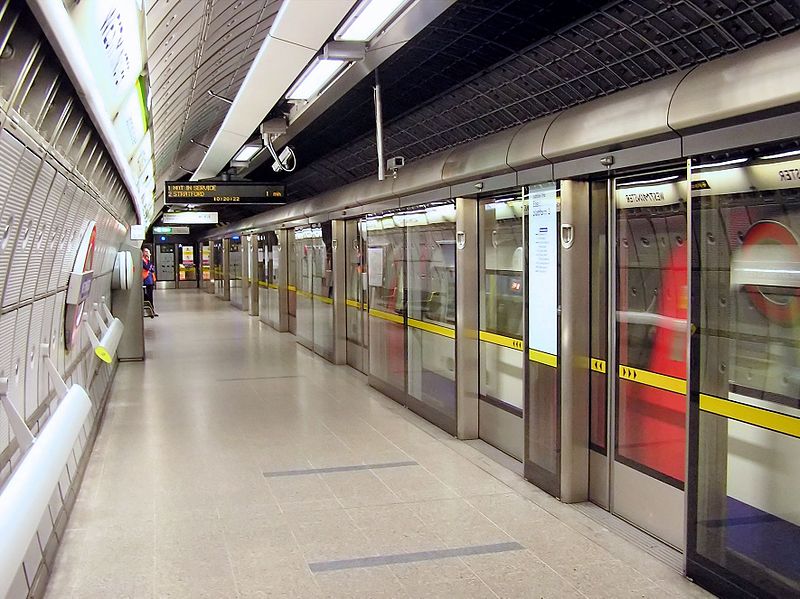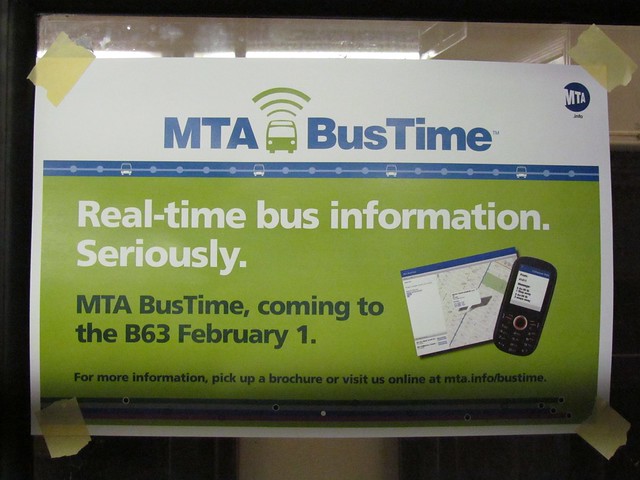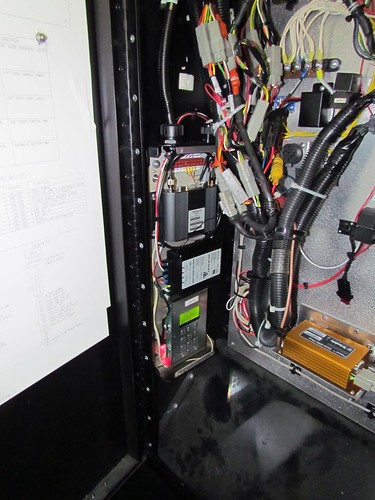
The M-8s were first ordered in 2006 and unveiled in 2008, but they have yet to enter revenue service.
For the past four years, Metro-North and the Connecticut Department of Transportation have tried to ready the new M-8s for rollout along the New Haven line. After a 2008 announcement from then-Gov. Jodi Rell that promised a prototype by the end of 2009 and ten cars a month after that, things went wrong. The cars failed a stress test in June of 2009, and last month, reports surfaced of delays in testing the new rolling stock.
Now, the New Haven line is starting to buckle under the weight of train cars in dire need of replacing. As Michael Grynbaum reported this morning in The Times, Metro-North is cutting service on the New Haven line because half of the current fleet has been “knocked out by weather-related repairs.” As of this upcoming Monday, commuters from Connecticut will see their regular weekday service greatly reduced, and Grynbaum says these changes will “stay in effect indefinitely, at least until engineers can muddle through a steep backlog of repairs on the railroad’s aging, exhausted fleet.”
“We are not able to run a stable operation on the New Haven Line,” Metro-North President Howard Permut said to The Times. “The trains are overcrowded, and the trains are so unreliable coming into the Bronx that they are now delaying Harlem and Hudson trains.”
Grynbaum has more:
For weeks, the line’s 67,000 riders, who hail from commuter enclaves like Greenwich, Conn., and Larchmont, N.Y., have had to squeeze into rail cars with barely enough room to stand. Many trains are too packed to board at all. Delays and cancellations are commonplace, and confused crowds have mobbed Grand Central Terminal at rush hour, trying to decipher train schedules that seem to have run amok. “This is a significant step which we almost never do,” Mr. Permut said of the new schedule, which is still being drawn up. “We’ve never had this amount of cars out of service.”
Nearly half of all New Haven line trains have been relegated to repair yards for problems like frozen brakes, broken motors and malfunctioning doors, and Mr. Permut described the railroad’s facilities as “inadequate” to handle the needed maintenance.
Most of the trains were built in the 1970s, and their electronic systems have proved ill equipped to handle the storms and icy weather affecting the region. High-tech replacement cars have been delayed for years because of manufacturing problems and a lack of financial support from the Connecticut government, which covers part of the costs for the line.
The breaking point, as Grynbaum noted, appeared to be a YouTube video that showed a New Haven Line train riding into Grand Central with a door wide open. Passengers acted as though this malfunction were a routine occurence, and from the sound of things, it just might well be.
Now, I don’t want to read too much into this announcement. After all, this winter has been particularly rough on infrastructure, and January saw record snowfalls across the region. But on the other hand, this is a clear sign of what happens when we simply stop investing in rail infrastructure. Connecticut has dragged its feet for years when it came to funding the M-8 project, and now, the MTA has no choice but to cut off a part of the country’s most reliable commuter line. Investment patterns have to change, and we as a region must do more to ensure that the modernization of our rails moves ahead as it should.











 Governor Andrew Cuomo hasn’t ridden the subway since “
Governor Andrew Cuomo hasn’t ridden the subway since “